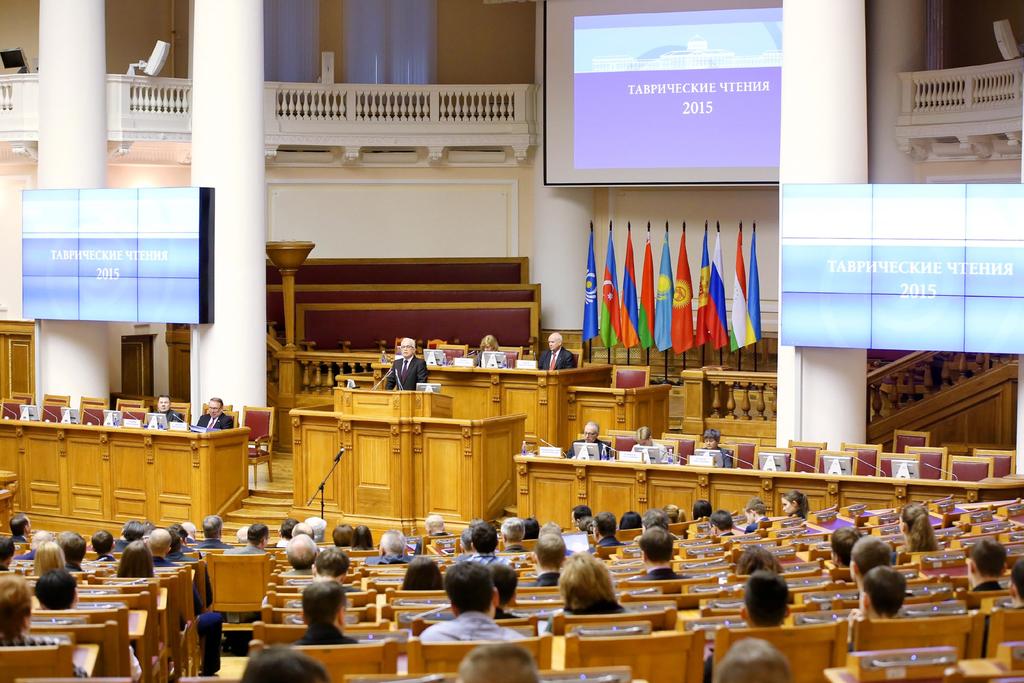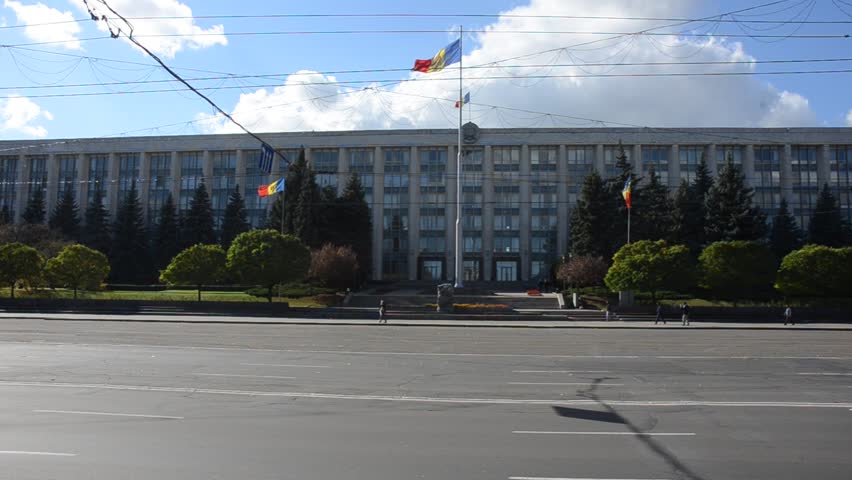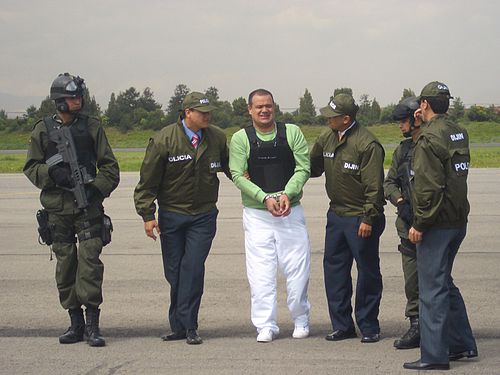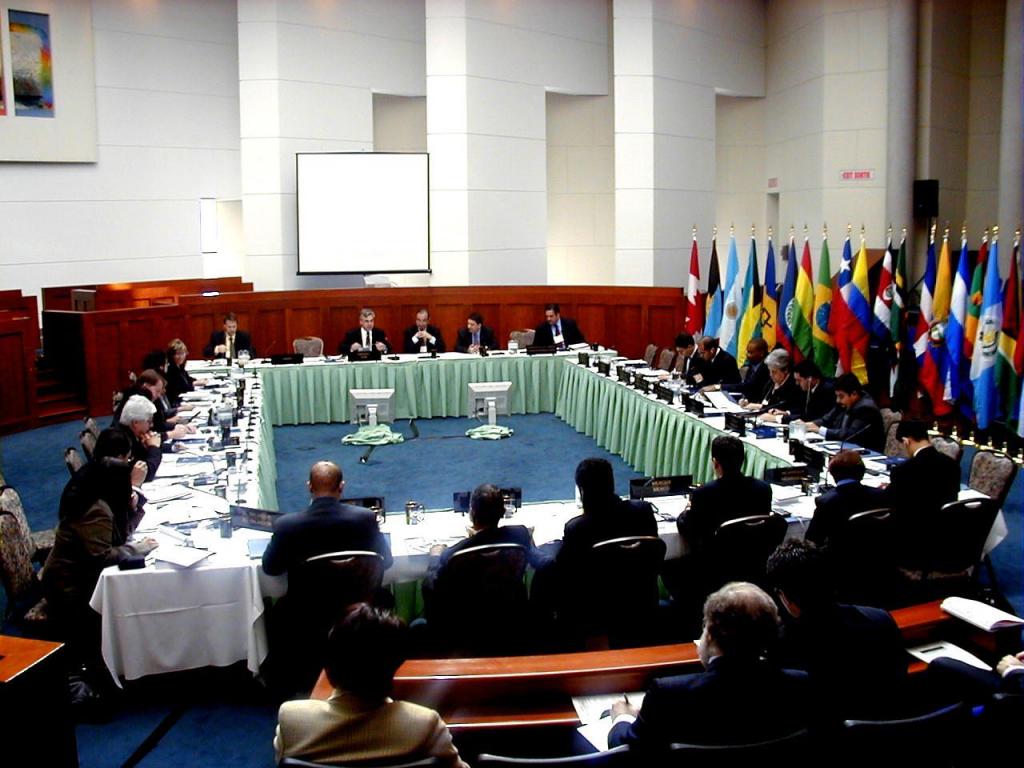The countries that are part of the CIS have been trying for a long time to interact among themselves at the legal level, concluding more and more treaties and conventions. One of the most striking examples of such a policy is the emergence of the Chisinau Convention of 2002 "On legal assistance and legal relations in civil, family and criminal matters." It was created in order to clarify a number of issues that were not discussed in previous situations, especially the issue of extradition and preventing the possibility of legal conflicts.
Minsk Convention
The Minsk and Chisinau Conventions are inextricably linked, since the latter was created on the basis of the former. Adopted in 1993, the Minsk Convention also proposed a number of decisions in the field of legal assistance. It consisted of five sections, which contained 87 articles.
- The first section of the convention was devoted to purely general provisions that were developed for this situation in the field of legal protection and legal assistance.
- The second section contained information that regulated emerging relations in the field of civil and family law both in theory and at the procedural level.
- The third section spelled out the rules on the recognition and enforcement of decisions in the countries that have signed the agreement.
- The entire fourth section was devoted to criminal offenses, including the procedure for criminal prosecution and extradition.
- The final section contained the final provisions.
Parties to the Convention

By 2002, it became clear that the Minsk Convention could not fully cover the entire spectrum of law that was required by the CIS countries. That is why a meeting was convened in Chisinau, which was supposed to adopt a new document. Only 3 countries became parties to the Chisinau Convention this year - Belarus, Azerbaijan and Kazakhstan. After it was signed in several other countries - Armenia, Kyrgyzstan, Tajikistan. It entered into force only on April 27, 2004. At the moment, Russia has generally refused to sign this document, while Ukraine has signed with some reservations, but has not ratified it.
Structure of the Convention

In its structure, the Chisinau Convention strongly resembles the Minsk Convention. It also consists of 5 sections with the same names, but the number of articles in it has been significantly expanded - now there are 124. It is worth noting that most of the text remained in its original form, since almost all the additions were made to section 4, which relates to criminal proceedings.
Key Features

Now we will talk about how the Chisinau Convention on Legal Assistance differs from Minsk. The most important features include the fact that the extradition procedure was greatly facilitated.
According to its conditions, the terminology and individual signs of the crime committed by the accused in order for a decision to be made no longer matter. In addition, the Convention provided for the first time a certain number of rights to protection. Now, persons who were detained or were under a different measure of restraint could calmly file complaints with a court or other competent institution that the requesting party has.
In some ways, the Chisinau Convention contains a much larger number of provisions that protect the rights and freedoms of people who need to be extradited. The states also had much more reason to refuse extradition altogether. In addition, the Convention prohibits the death penalty.
results

We can safely say that Chisinau The convention greatly facilitated the ability to actively pursue transnational criminal groups in the countries that signed it. At a certain level, it even provided an opportunity for task forces from different countries of the Commonwealth of Independent States to unite and carry out joint actions. After all, even being on the territory of a completely different country, the participants in the process had quite normal rights in relation to specific criminal cases.
In some ways, in such a situation it is clear why Russia refused to ratify this treaty. If in Belarus and other countries that have signed the convention, the role of the prosecutor’s office is more or less significant in such cases, since they carefully monitor the investigation, the Russian Federation relies more on the court and the investigators themselves in this matter, and therefore the role of prosecutors in oversight is minimal .
Authorized bodies
The direct authorized body that is responsible for relations with other states is the Supreme Economic Court of the Republic of Belarus. According to the hierarchy, below are the economic courts of the regions, which are also required to provide legal assistance to all central authorities of the states that are part of the Chisinau Convention.
Family law

The chapter on family matters is quite interesting in the Minsk and Chisinau conventions. It practically did not change over time, since it was decided to keep the main provisions in its original form. The Convention controls the marriage between future spouses with different citizenships, and also regulates personal and property relations, especially in cases where the spouses live in different countries. Of course, there are articles related to divorce. This section allows you to determine which legislation should be applied in all the above cases.
Conclusion
In this article, we talked about the main provisions of the Chisinau Convention and their current application. The appearance of the Convention in some way has become a new round in the relations of the CIS countries with each other. It can be understood that a normative legal act gives a greater scope of rights to persons who are subjected to extradition, practically without regard to family and civil matters. The contents of the convention, as practice has shown, did not satisfy most countries, since a fairly small number of states have signed and ratified it compared to Minsk. Nevertheless, this regulatory document opens up broad prospects for the interaction of states in the field of suppressing illegal activities.
